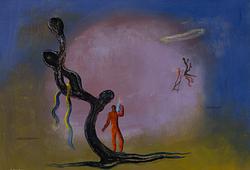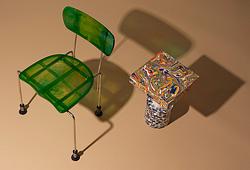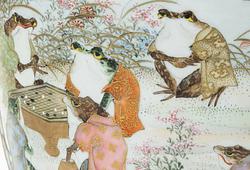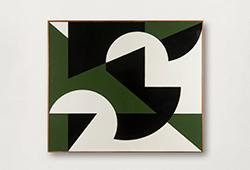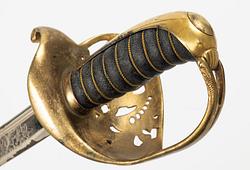Bruno Liljefors
Twilight landscape with stretching swans
Signed Bruno Liljefors and dated 1924. Oil on canvas 109 x 163 cm
Import VAT
Import VAT (12%) will be charged on the hammer price on this lot. For further details please contact customer service +46 8-614 08 00.
Literature
Allan Ellenius, "Bruno Liljefors. Naturen som livsrum", 1996, illustrated p. 180.
More information
Bruno Liljefors delved deeply into nature and its beauty, which is reflected in his works that pay homage to the Swedish countryside and its rich fauna. Swans, with their elegance and majestic presence, captured Liljefors' interest and became a recurring motif in his artistry. By painting swans in various situations and environments—from tranquil waters to stormy lakes—Liljefors managed to capture their physical beauty. With artistic skill, he used brush strokes to bring to life the movements of the swans and their interaction with the surrounding nature.
In the painting currently up for auction, symbolic elements are suggested in the twilight landscape. Symbolism was an artistic movement that gained prominence in Sweden during the 1890s, striving to capture the inner emotional life and imagination. This had a significant impact on Swedish landscape painting, which at the turn of the 20th century was characterized by atmospheric and often esoteric elements. About the current painting, Allan Ellenius writes: “Moods from the turn of the century resonate in the dark landscape beneath the descending swans. The silhouettes of the bird bodies against the evening sky, combined with the bright surfaces of the wings against the forest edge and the desolate marshes, capture the mood over land and water.”
Artist
Bruno Liljefors is the Swedish artist best known for his nature and animal motifs, especially in dramatic situations. Liljefors started with studies at the Academy of Arts in 1879, and continued 1882 in Düsseldorf where the studies revolved around animal painting. The journey then continued to Venice, Rome, Naples, Paris and Grez. Once back in Sweden, he began to draw and paint animals, especially cats and small birds, from the beginning in intimate interaction with nature. He then moved on to broader depictions of wild animals and nature, of seascapes with seabirds and of dramatic scenes of battles between birds. Liljefors is known as our country's foremost animal painter with a large production. Liljefors depicted, in contrast to the "idyllic" animal painting, the animals everyday life with a focus on movement, anatomy and their adaptation to the landscape. This is where the greatness of his painting lies, in the ability to show the animals in their proper environment. He has achieved this by hunting and observing. Well-known works of art are the paintings "Rävfamilj" (1886) and "Havsörnar" (1897), as well as the sculpture "Lek" (1930) at Stockholm Stadium. Liljefors is mainly represented at the National Museum, Waldemarsudde and the Thielska gallery in Stockholm.
Read more



